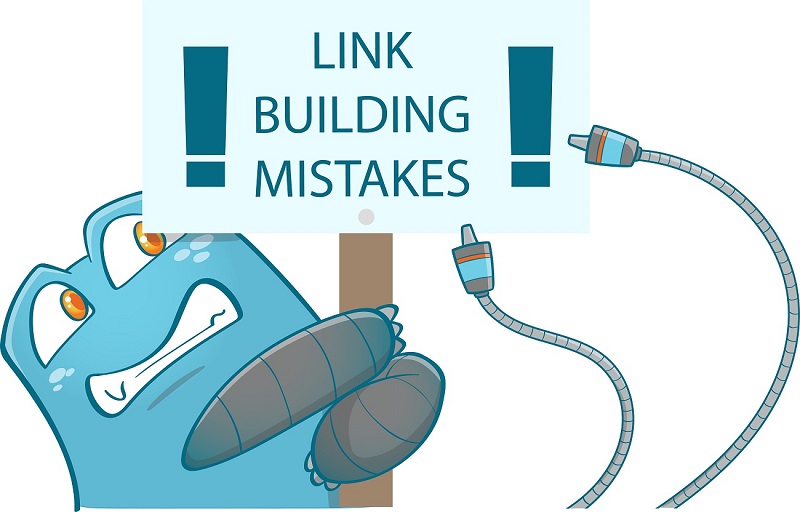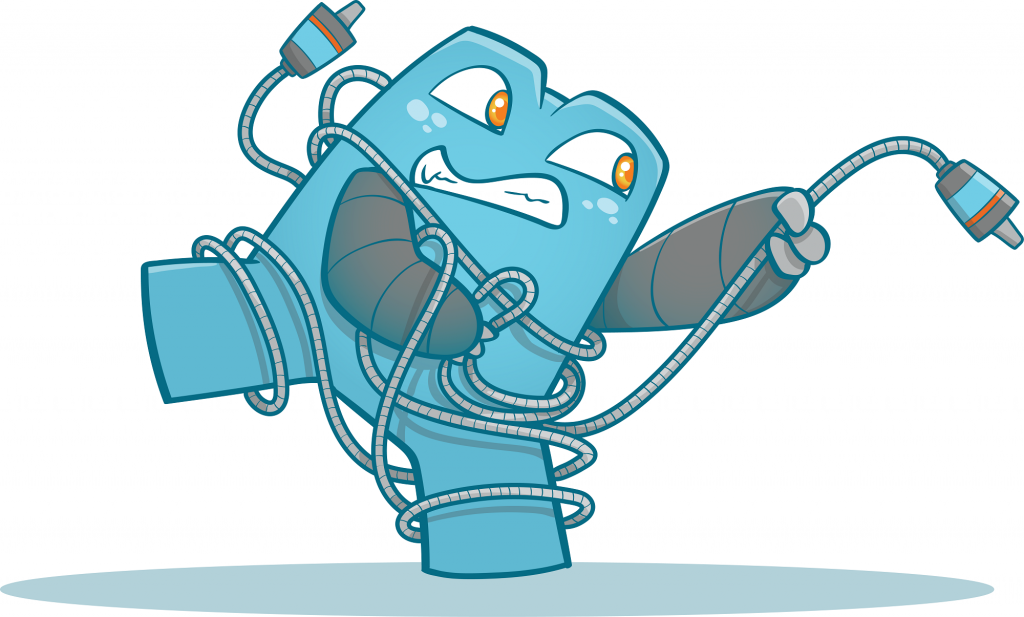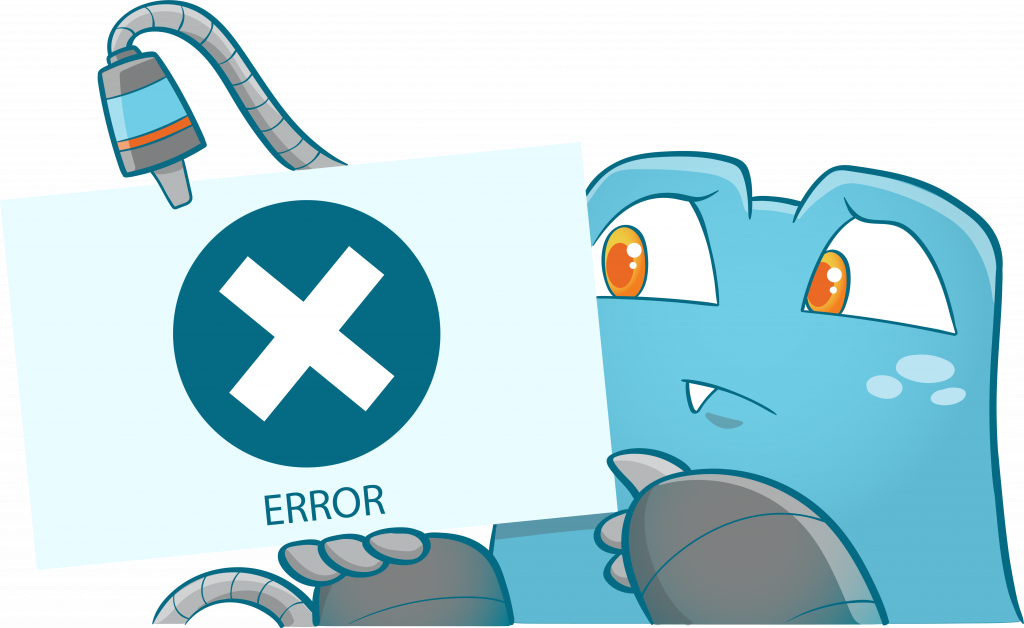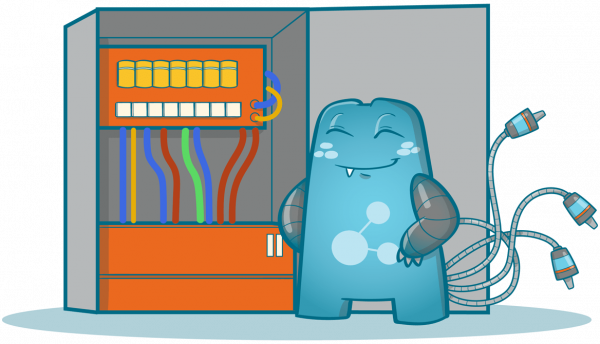Internal Link Building Mistakes: Things You Need to Avoid for Better SEO

Internal link building is a goldmine for SEO opportunities because here depends on your website’s rank, views, and crawls. Your sites’ performance depends on how you optimize it. And unknowingly, you might have made some mistakes when implementing your strategy, especially with internal link building.
These common link-building mistakes may be common for you. However, if you don’t avoid these, it may harm your website and your SEO. It’s important to know what are those mistakes, how to evade them, and what tools to use so that you can improve your website
10 Most Common Internal Link Building Mistakes

Here are the mistakes that you need to avoid. You can increase your rank and expand your domain authority than ever. Don’t let your lose your rank
- Over Optimizing Anchor Texts
Internal or External links have the same value when it comes to the anchor text. They both have a large part in how Google sees and categorizes the linked pages. It all comes down to the first common mistake that is called over-optimized anchor text. It’s an easy mistake to happen, especially when you want a specific page to rank for an exact term in the SERPs.
However, it can be harmful to you more than you can benefit from it when you overdo it. Over-optimizing is still a mistake you need to avoid. Google can still pick up on spam through internal links.
- Too many links
It’s common to see web owners and businesses experience the mistake of adding too many links to their page. Many will indeed get attracted to linking to every relevant page every time. However, having too many page links can harm your page a lot. Too many links will lead to your content in spam. It could lead to your page losing rank in the SERPs.
The more links you have the, less value the resulting page will get because PageRank will split evenly between links on a page.
- Not enough links
Just like too many links can harm your website, not enough links also mean that you’re missing critical opportunities for your website. If you want to improve your crawl budget, try planning the structure of your internal links. It can direct Google to the most significant pages on the website and assure you that every page is readable for both Googlebot and your visitors.
- Let pages turn into orphan-page
Pages posted that didn’t have any link pointing to them are considered orphaned. Orphaned pages are hard to find for the search engine, which is why they can’t be crawled. Every page that you post must have links pointing to it.
In some cases, there are already orphaned pages that need to be revised. Older products, old blogs, old service pages, tag pages that don’t have existing content are considered orphan pages.
- You can use the same anchor text for different page
You have two related pages, whether it’s a blog, service page, or even two same products. The target keywords for the pages are similar. Be careful of keyword cannibalization, especially on internal linking.

- Check for Broken Links
Broken links can be harmful to your website if it’s not fixed and can be the reason why your website appears to be low quality or damage the flow of link equity through each page of your website. These happen for some reason. Like a deleted blog or page that’s left the links without a destination, a wrong URL, or a change of URL address without proper redirects. It can also harm the user experience which will lead to a lower rank in SERPs.
- Making your Site Bloat
Bloating in SEO indicates extra pages that are not needed by your website. Most websites often have at least two additional pages. But for those long blogs or regular content, posting can have more problems. It can lead to wasted link equity distribution all over the site and also waste crawl budget. In some issues, Sites that have additional category and tag pages are the most common cause of bloating, but it can be settled by just giving it a bit of time commitment.
- Consider Navigation as Internal Linking
Navigation Bar is an essential part of a website and can be a source of internal linking. It is one of the core solutions. Your navigation can offer you an ideal place to show Google where the essential pages on your website, and where the silo structure remains beyond the homepage. However, you can only link the most necessary pages using your navigation, such as services and contact pages, and should also avoid using the ‘parent-child or ‘category subcategory navigation style.
- Making use of Long Redirect Chains
If done accurately, redirects can be a beneficial way to bring users to the exact pages. However, if not done accurately, then it can damage not only the user experience but also your rank. Redirect loops can confuse Google bots and slow down your website. It can also eat up crawl budgets as Google won’t follow the redirect in the chain directly.
- Incorrect Use of Redirect Codes
Here you need to check if you are using the exact codes for the redirect that has been kept. It means that the redirect page needs a 301 or maybe 302 direct. 301 redirect codes can only be used on pages that are permanently redirected. 302 redirects should only be used on temporarily redirected pages. Like when it is updating or redesigning a page.
If you’re using 302 redirects on a page, then it should be permanently redirected, or else it will go to waste in link equity and crawl budget. Google will continue to crawl both URLs until the redirect is removed or changed.
How to Avoid These Link Building Mistakes
- Avoiding Over Optimizing Anchor Texts
Use the exact phrase for every particular URL link made.
- Avoid having too many links.
It’s necessary to check your internal linking methods. If possible, you should stick to a maximum of 100 links per page.
- Avoid having not enough links.
Silo structure is a highly recommended internal linking structure by most SEOs. A silo structure starts by sending equal links from an external source to a core landing page on your website. This structure’s job is to categorize the main page to the sub-category page. It will help pass the PageRank through the website perfectly and assure you that Google’s spider will crawl through pages more quickly.
- Avoid letting pages turn into orphan-page
Check if they can still be helpful to your visitors and need to be linked or if they need to be removed from the website.
- Make sure to use the same anchor text for different pages.
If you want a specific page to rank for a particular keyword. Then, you don’t have to link it to another using that style. Because Google can rank the linked pages for that term. These cases may lead to value splitting, so it’s necessary to prevent either the page from the SERPs or fight against one another for the spot.
- Make sure to check for Broken Links.
It can be settled by checking your site’s current linking structure and using tools like Ahrefs to find all of the 4XX codes. Once you find all the broken links, you can either go in manually or fix the links then, link it to an alternate page, or apply the correct redirect codes that are relevant. It will help to distribute the link equity and return your URLs to proper working order.

- Avoid making your Site Bloat.
There are tools you can use to fight bloat, like Screaming Frog. It can get a record of all the pages on your website. From there, you can go to those that can be a cause of bloating. If you have a large blog on your category and tag pages, then you can move to alternate pages that can be the cause of link equity and either remove them or use a robot text.
- Making use of Navigation as Internal Linking
To do this. You need only link the ‘parent’ page in the navigation and then link the child page to the parent page. It will not only show Google which pages are essential. But, also assures you that your visitors are given the right path to the resource they need.
- Making sure of using Long Redirect Chains
Directly link to the destination pages if possible. Redirect only to the final page in all cases. You can make use of the new tools to find any redirected issues. This includes SEMrush, Moz Pro, and Internal Link Juicer.
- Avoid Incorrect Use of Redirect Codes
It’s necessary to do a regular check-up and make sure that all 302 redirects are resolved. Also, 301 redirects can be helpful in some cases.
To Summarize
If there are common internal link building mistakes in the SEO community, avoiding these mistakes is not impossible. Enhance your website to disseminate link equity and guide Google bots on your website more completely. Improve your SEO with Internal Link Juicer.






